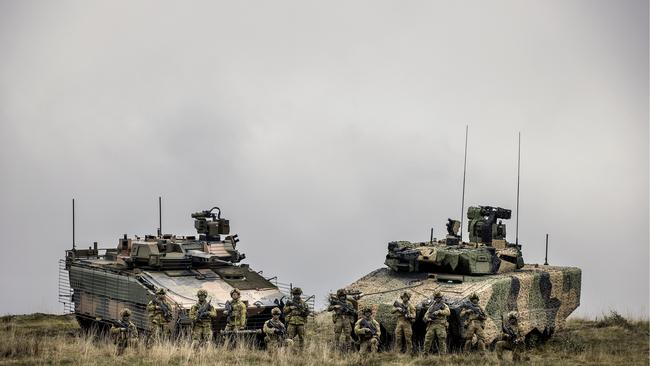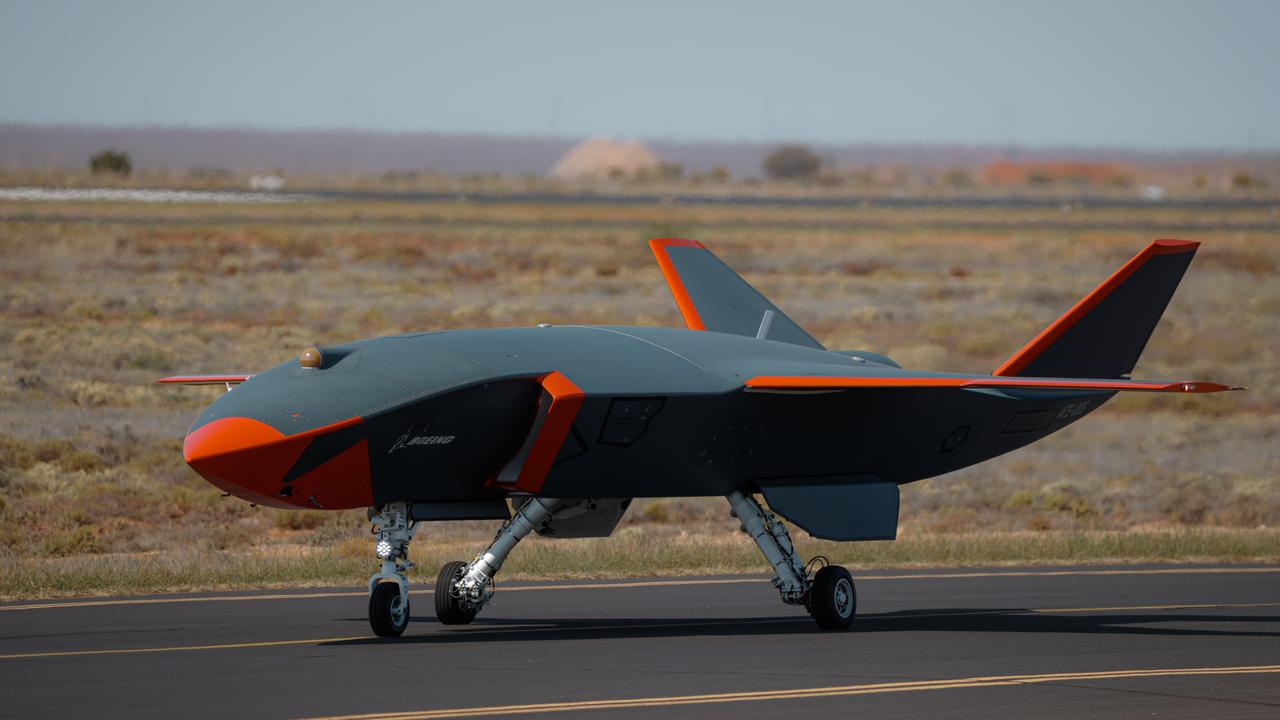Lynx and Redback gunning for victory over fighting vehicles
For a contract worth between $18.1bn and $27.1bn, the army has completed trials of two fighting vehicles and a decision is expected early next year.

For a contract worth anywhere between $18.1bn and $27.1bn, the army has completed the physical evaluation of two fighting vehicles and a decision on the winner is expected in the first quarter of next year.
These tracked, heavily armed machines are the Lynx from German supplier Rheinmetall and the Redback from South Korean conglomerate Hanwha.
This will be the largest purchase ever made by the army and the 450 IFVs will add enormously to the mobility and firepower of the deployed force.
Three vehicles from each supplier have been put through their paces in various locations from Puckapunyal, Victoria, to Outback Australia and have been conducting mobility and firepower trials since early 2021.
Known as the Risk Mitigation Activity, it wrapped up on October 8 and now it is a matter for the Defence Department to pull together the technical evaluation, price, local industry content and so on before making a recommendation to government. Both bidders have submitted their final commercial offer.
Designed to complement the army’s M1A1 Main Battle Tanks, they will carry up to eight fully armed soldiers into combat to seize and hold ground as an essential part of combined arms operations that might also involve artillery, air support and other ground platforms.
They will replace M-113 Vietnam War era armoured personnel carriers that are now far too vulnerable to carry troops into a high intensity conflict.
From a distance, the Lynx and Redback look roughly similar in shape and size, but this could be deceptive because there are numerous differences between them.
Weight depends on the configuration and the Hanwha vehicle is about 42 tonnes with the Lynx somewhat heavier at around 45 tonnes. Both are equally heavily armoured and the difference is partially explained because the Redback uses lighter rubber tracks for movement while the Lynx has the more traditional metal links.
More accurately, the Redback has tightly wound steel thread tracks – something like cotton wound on to a spindle – that are then coated in extremely tough rubber, giving them strength but also flexibility as well as a smoother and quieter ride than normally associated with an armoured vehicle. This approach saves on fuel, gives soldiers a more comfortable journey – a far from trivial issue as it greatly reduces fatigue on long missions – and reduces vibrations that can damage equipment. However, the technology is not yet in widespread use and the Redback currently at the upper weight limit for their application on military vehicles.
They also have different turret designs and 30mm main armament. Rheinmetall use an in-house turret that is being developed for the Boxer 8x8 vehicles currently being delivered to the army and a cannon built by subsidiary Mauser.
The Redback has taken a different approach and uses a turret from Israeli company Elbit that will be manufactured in Australia with all of the electronic sensors and computers supplied by Canberra-based EOS. For firepower it has a 30mm chain gun from Northrop Grumman that is in widespread use by US forces and allied nations, including in the Asia-Pacific. Both vehicles can fire SPIKE antitank guided missiles.
The issue of 30mm ammunition is one to think about because compatibility with the US is not a formal requirement. However, if Australian IFVs are deployed as part of coalition operations, being able to access huge US stocks of 30mm rounds would seem to make sense. For this, the Northrop Grumman chain gun is fine, having been designed around the lighter aluminium-cased ammunition that is the norm for US forces.
The situation regarding the Mauser cannon is less clear and it might need to be separately supplied from Australia with the steel cased rounds designed for it. However, irrespective of their technical merits, the vehicles themselves are only part of the equation when it comes to making a final choice. It is highly likely that both have met the army’s extremely demanding requirements for protection, firepower and mobility. The focus now will turn to price, risk and Australian industry content – a complex matrix of factors that could tilt the decision either way.
There has been speculation that because the Lynx will be built in Queensland, it will be preferred by Defence Minister Peter Dutton, who comes from Brisbane.
The Redback will be built in the Victorian city of Geelong. Both states are lobbying hard for the contract – particularly since whichever vehicle is chosen could also win lucrative export orders.
The contest is extremely close, but history shows us that parochial considerations are hardly ever a deciding factor in huge Defence contracts because Australia has its international reputation to consider.


